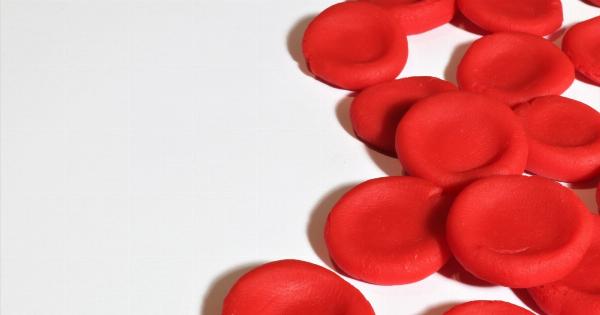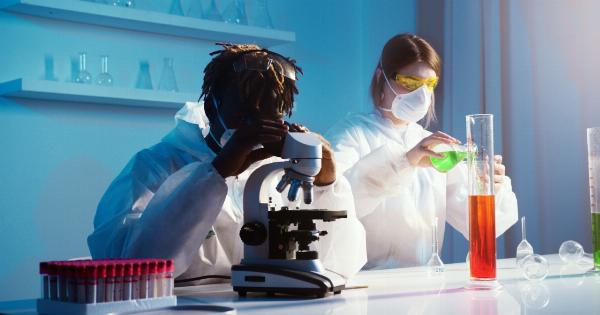Blood plasma is a critical component of blood that plays a vital role in maintaining human health. Plasma is a yellowish liquid part of blood that contains water, proteins, hormones, nutrients, and waste materials.
This liquid portion of blood is mostly composed of water, with approximately 92% water and other dissolved substances. It also has essential proteins like albumin, globulin, and fibrinogen, which support various body functions and provide immunity against diseases.
Medical professionals use plasma in various medical procedures like blood transfusions and plasma therapy.
Plasma is also essential for individuals with certain medical conditions that affect their body’s ability to produce particular proteins required to support the immune system.
Blood Plasma Composition
Blood plasma is primarily made up of water, which constitutes around 92% of this fluid. The remaining 8% of plasma is made up of various dissolved substances, including electrolytes, hormones, enzymes, nutrients, and waste materials.
The plasma’s essential proteins include albumin, globulin, and fibrinogen. Albumin is the most plentiful protein in plasma, constituting around 60% of the total protein content.
This protein supports various body functions, including the maintenance of fluid balance, the transportation of nutrients, and the regulation of blood pressure.
Globulin is the second most abundant protein, accounting for around 35% of total plasma protein. This protein plays a pivotal role in supporting the immune system by fighting infections and disease-causing agents like viruses and bacteria.
Fibrinogen makes up 4% of plasma’s total protein content and is an essential component of the blood clotting system.
When an injury occurs, fibrinogen molecules bind together and form fibrin strands, creating a meshwork that plugs the injured area and prevents blood from flowing out.
Medical Applications of Blood Plasma
Blood Transfusions
Blood transfusion is a medical procedure in which doctors transfer blood or a plasma component from one person to another. Blood transfusions are essential in treating serious injuries, diseases, and blood loss.
During a blood transfusion, medical professionals use plasma to replace lost blood volume, deliver essential nutrients and oxygen to the body’s organs, transport waste products out of the body, and stabilize blood pressure.
Blood transfusion requires careful screening and testing to ensure that the donated blood is safe and compatible with the recipient’s blood type.
Plasma Therapy
Plasma therapy is a medical treatment that involves the transfusion of plasma into a patient’s bloodstream to treat specific medical conditions.
Plasma therapy is used to treat patients with insufficient production of essential proteins required for the immune system’s proper functioning, like those with primary immune deficiency disorders (PIDD) and other autoimmune diseases.
Plasma therapy can also be effective in treating severe or life-threatening infections like COVID-19, where antibodies present in the plasma can help neutralize the virus’s effects and speed up the recovery process.
Coagulation Disorders
Blood plasma plays a critical role in the blood clotting process. When an injury occurs, plasma releases the protein fibrinogen to create a meshwork of fibers that can stop bleeding.
Individuals with a deficiency in specific clotting factors, like hemophilia, can risk uncontrolled bleeding or hematomas following injuries.
In such cases, medical professionals use plasma products like fresh frozen plasma (FFP) and cryoprecipitate to replace or supplement the deficient clotting factors and restore proper blood clotting.
Conclusion
Blood plasma is a vital component of human blood, playing a pivotal role in maintaining proper body function and supporting the immune system.
Medical professionals use plasma in various medical procedures like blood transfusions and plasma therapy to help treat patients with various conditions and diseases. Plasma’s essential proteins like albumin, globulin, and fibrinogen play a critical role in the proper functioning of various body systems. Hence, it is essential to maintain appropriate blood plasma levels to ensure optimal health and well-being.

























